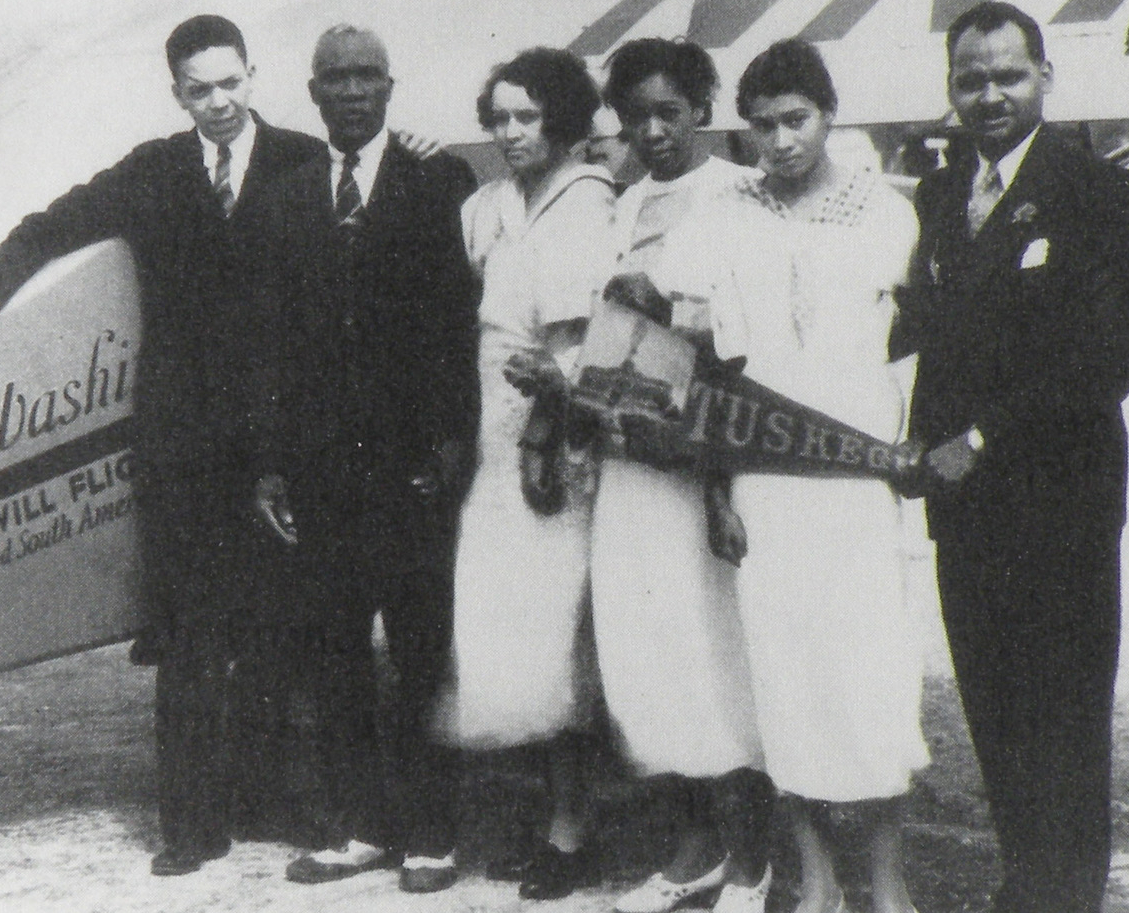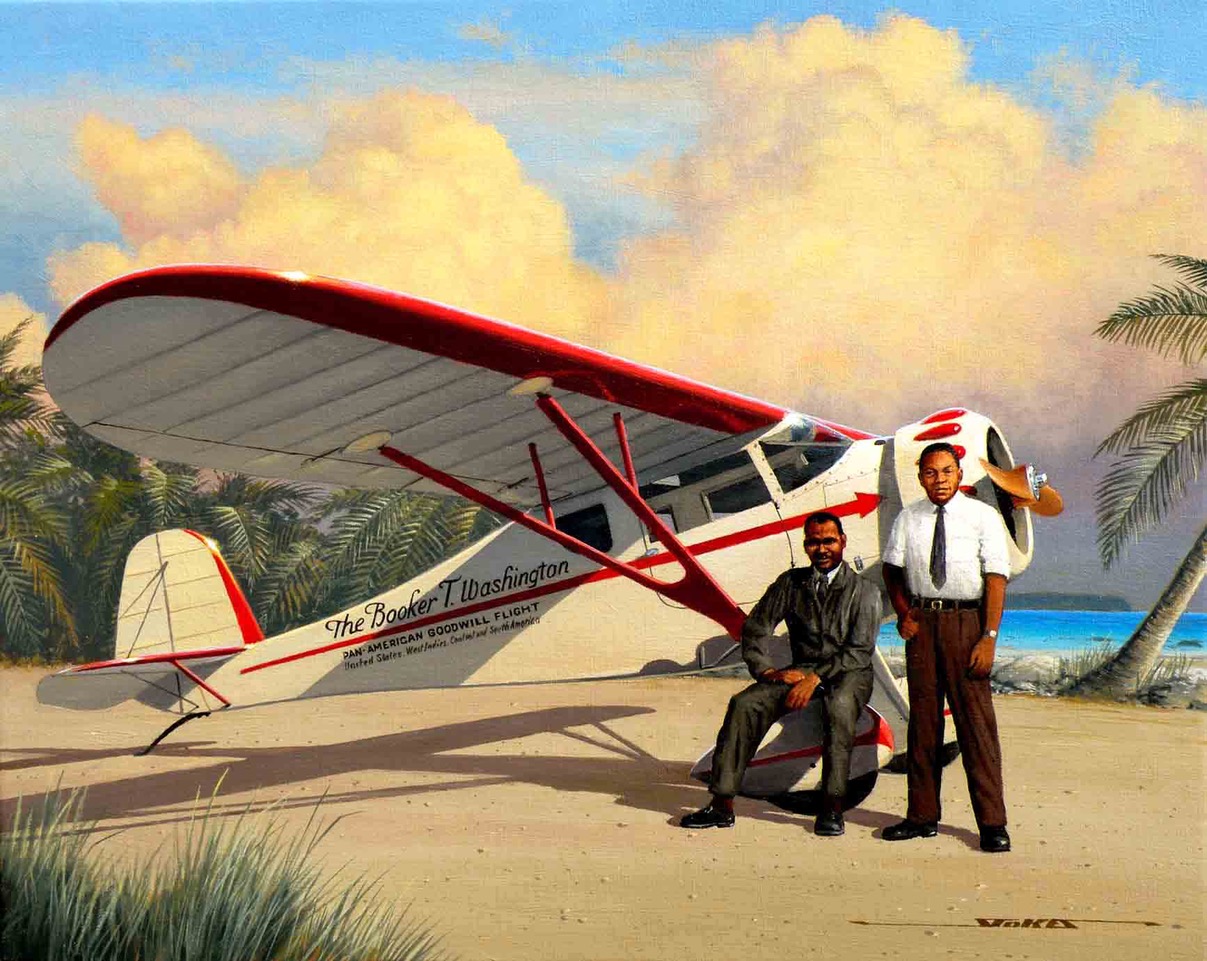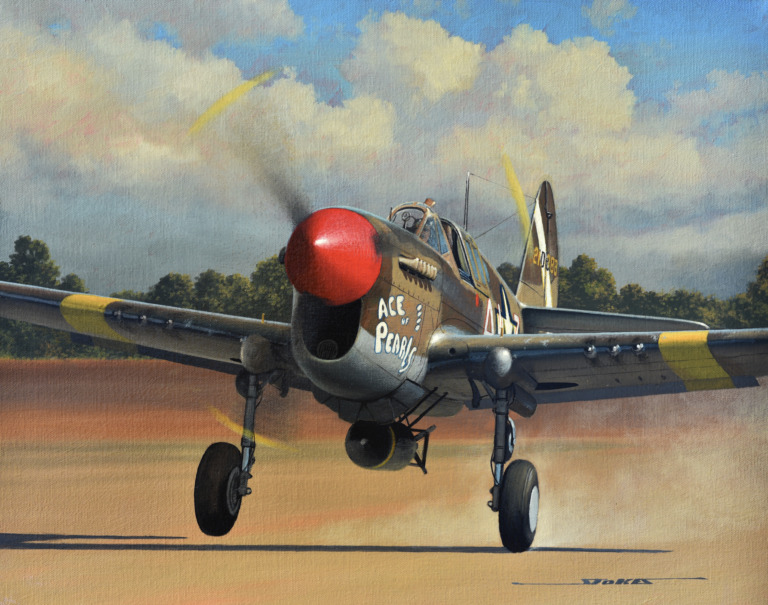As a young boy, Charles Alfred Anderson was fascinated by airplanes and knew he just had to fly. By the time he was 20, he had saved enough money for flying lessons; however, no one would teach a young black man to fly. Not deterred, Anderson attended aviation ground school, where he learned airplane mechanics, and spent time around airports, picking up information from white pilots wherever he could.
Realizing the only way to learn to fly was by owning an airplane, he purchased a Velie Monocoupe with his savings and loans from friends and family. Members of a flying club eventually allowed him to join, but the instruction was not offered. Taxiing his airplane around the field, Anderson would periodically gun the engine, eventually finding himself aloft. With growing confidence, it was not long before the fledgling pilot taught himself to take off and land safely.
A club member and experienced pilot, Russell Thaw, had no airplane but sought to visit his mother on weekends in Atlantic City. A bargain was struck. Thaw would rent and fly Anderson’s Monocoupe, and Anderson could come along, gaining valuable cross-country experience. Thus, Anderson was able to earn his pilot’s license in August 1929. Race continued to be an obstacle for Anderson as he was seeking to obtain an air transport pilot’s license, but help finally came from Ernest H. Buehl, known as “The Flying Dutchman.” He was a German aviator who had been invited to come to the United States in 1920 to help open transcontinental airmail routes. In February 1929, under Buehl’s tutelage and personal insistence, Anderson became the first African American to receive an air transport pilot’s license from the Civil Aeronautics Administration.
In July 1933, Anderson met Dr. Albert E. Forsythe, a black physician, and pilot, who shared his goal of introducing fellow blacks to the field of aviation. Their record-setting and attention-grabbing flights proved effective, especially the pair’s roundtrip flight from Atlantic City, New Jersey to Los Angeles, California, the first-ever transcontinental roundtrip flight by black pilots.
The duo made additional “first flights” for blacks to Canada and throughout the United States, capturing worldwide attention in the summer of 1934 when they flew their new Monocoupe, christened “The Booker T. Washington,” on a Pan American Good Will Tour.





